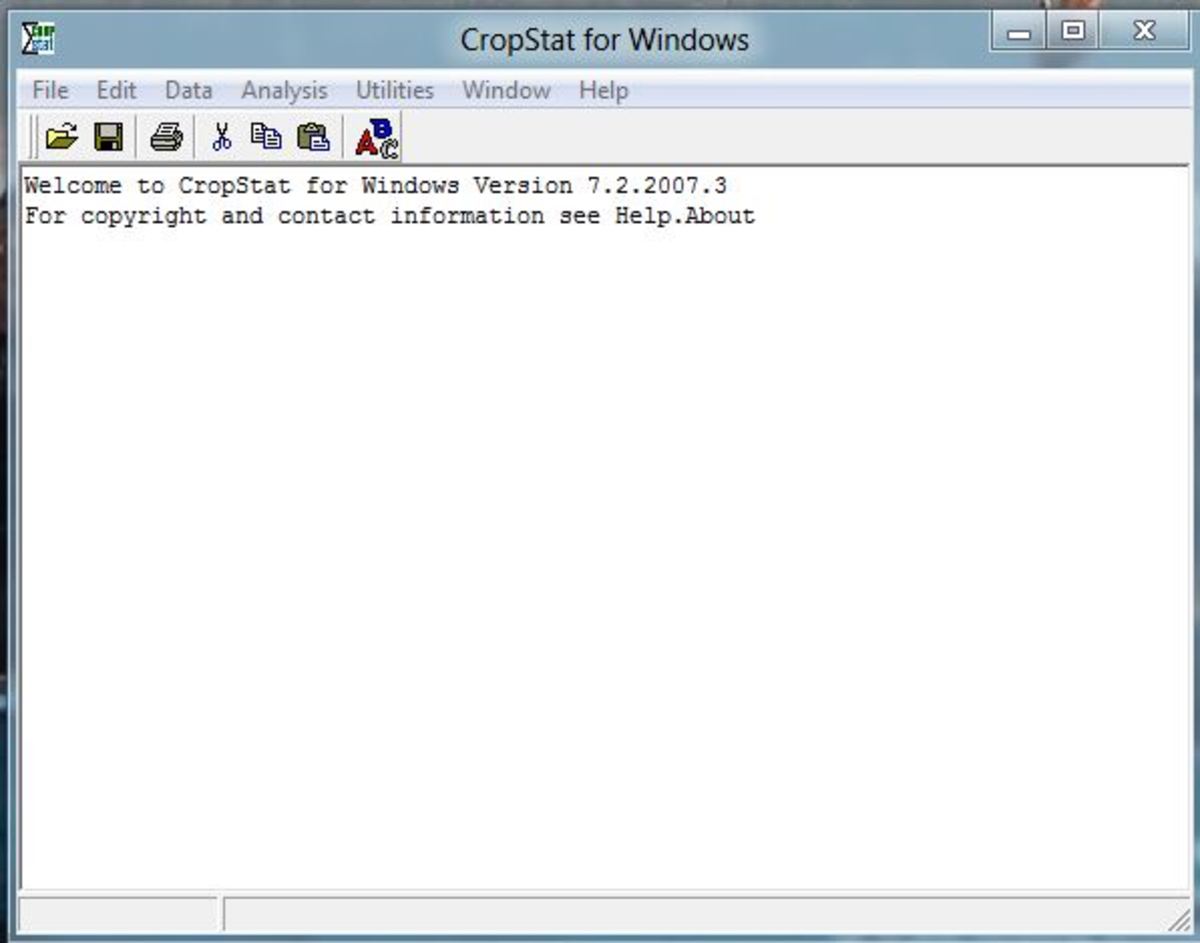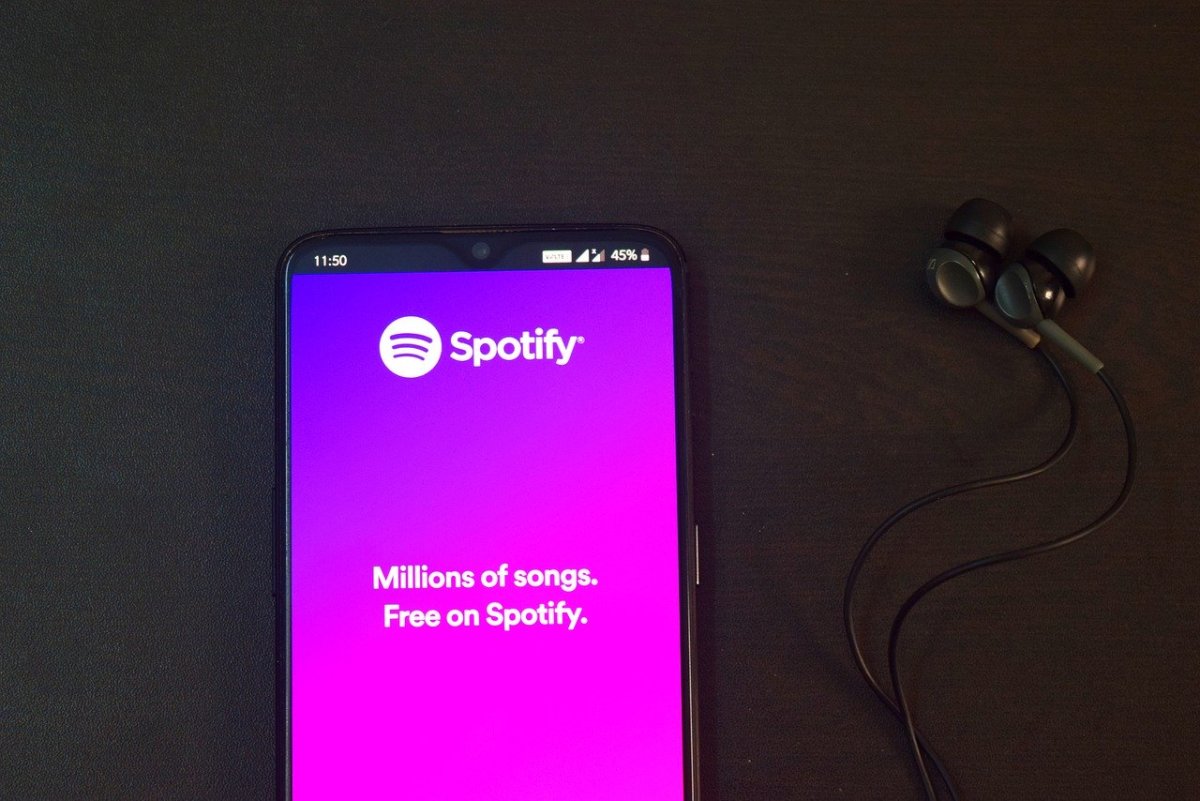How to Download Torrents
The How and Why to Downloading Torrents
What is a Torrent?
A torrent is a file that stores metadata to be read by torrent clients. The torrent client is a program that interprets the metadata from torrent files, and uses it to download data to the host PC. So essentially torrents are files that give torrent clients instructions to download the specified data.
How do Torrents Work?
Someone uploads a file to the internet. A torrent of that file is then created to be downloaded. Once someone begins downloading the uploaded file, they immediately start uploading it themselves. After the torrent is completely downloaded, the person becomes a seeder. Seeders will upload the file until it is completely uploaded. This process uses swarm technology. That means that the more people who upload the file, the faster the download goes.
The people who download the file are called leechers. The people who upload the file are called seeders. The people who download and upload simultaneously are called peers.
It is important to keep in mind that the more seeders a torrent has, the quicker the file downloads. Every website that hosts torrent files gives you information about how many seeders, leechers, and peers each torrent has.
Why do People Torrent?
Because multiple copies of the file get uploaded, one can download the file faster and more efficiently than a conventional download. Some files can only be downloaded as torrents. You typically will get more information about the exact files you are downloading than you would with a conventional download.
Are Torrents Legal?
The act of torrenting is completely legal. Where people get into trouble is with downloading copyrighted material. As with most things, torrents can be used for good, or for bad. One can download free stuff. Equally, one can download copyrighted material just as easily. It is not my place to say if you should or should not torrent copyrighted material; however, I will warn you that there could be horrible consequences if you do.
From Where do you Get the Torrent File?
There are two main ways to get torrent files. If the torrent you want is a freeware software torrent, there is a good chance the website for that software has a download link to the torrent file. If not, or if you want to make sure you get a quality file with many seeders, the best place to look is a torrent search engine, also called a torrent site. Typically, torrent sites do not host the torrent data or files on their server. They are merely a site that points you to the best place(s) to download the torrent file. They have download links to torrent files, which saves you the trouble of scouring the internet to find the torrent files yourself.
How Do You Torrent (Step-by-Step)
I will explain exactly how to torrent. I will go through downloading the client, installing the client, downloading the torrent, and downloading the torrent data using the torrent client.
For the torrent client, I will be using uTorrent.
For the torrent search engine, I will be using isohunt.
For the torrent file, I will be downloading Ubuntu (a free, legal OS)
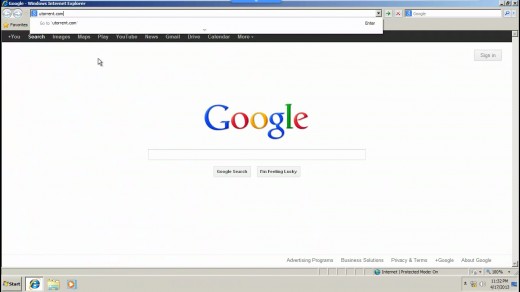
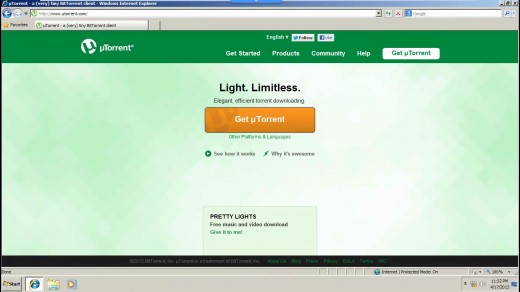
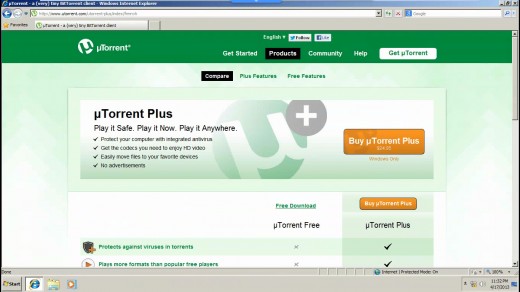
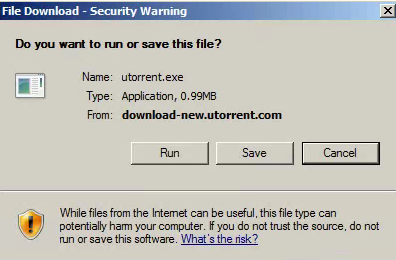
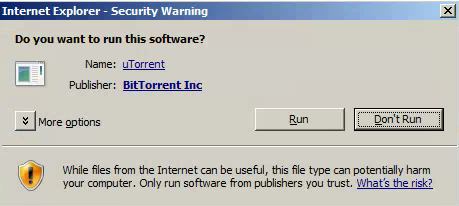
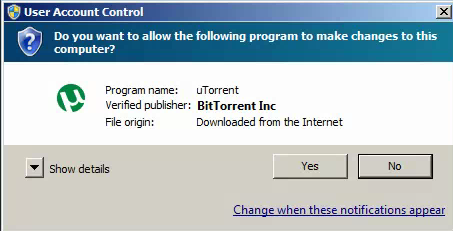
Downloading the Torrent Client
1. Open your internet browser, and navigate to uTorrent's website.
2. Click "Get uTorrent"
3. Click "Free Download"
4. Click "Run" for the security warning.
5. Click "Run" for the second security warning.
6. Click "Yes" to bypass the user account control settings.
7. Wait for the download.
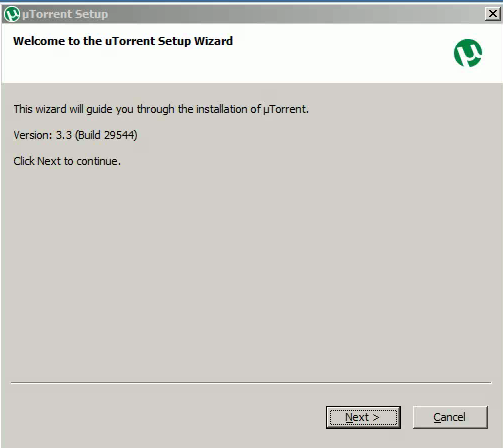
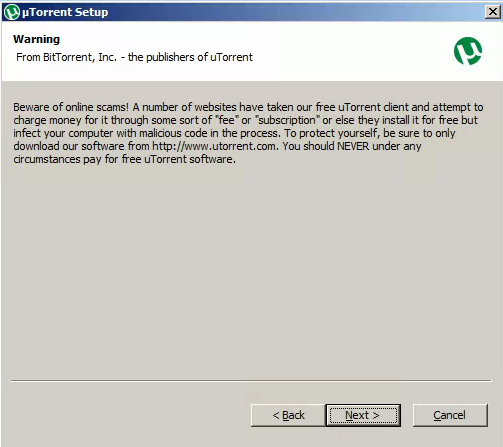
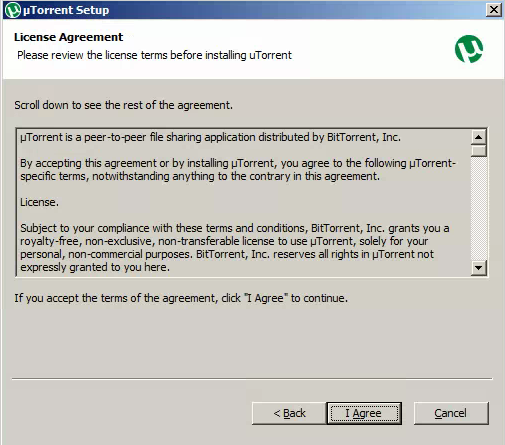
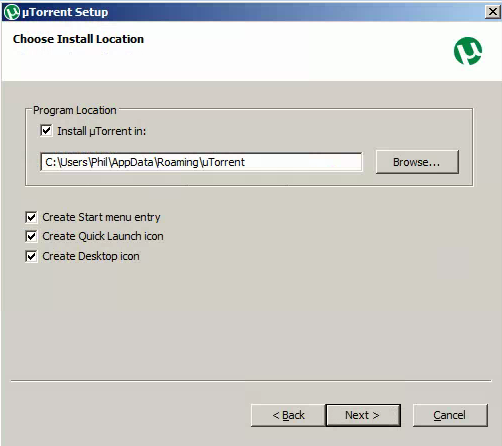
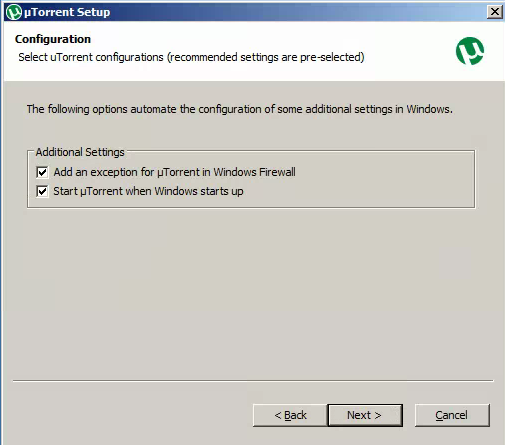
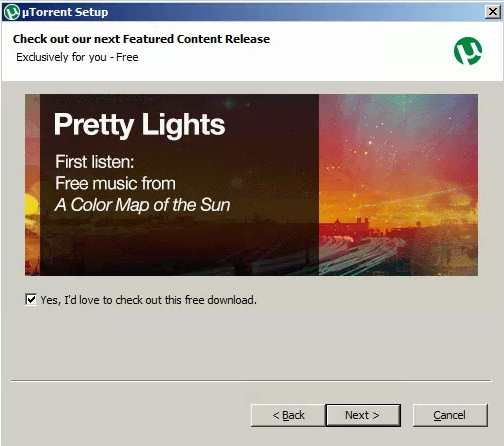
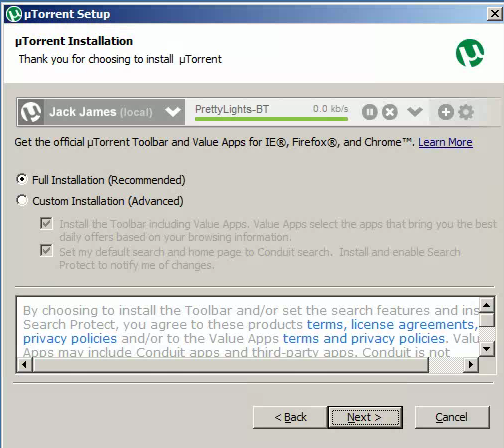
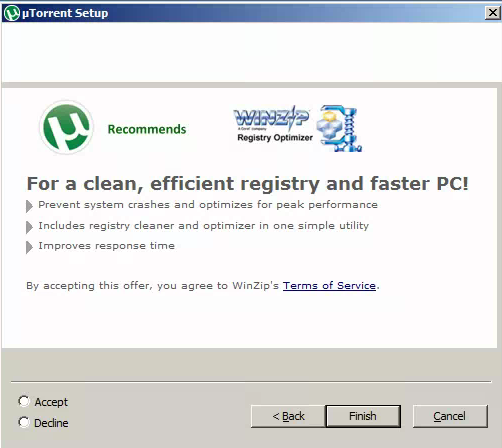
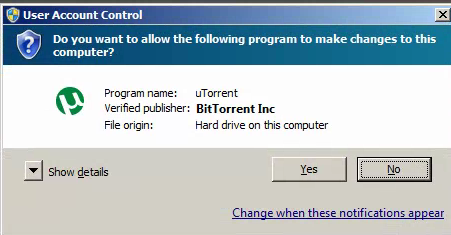
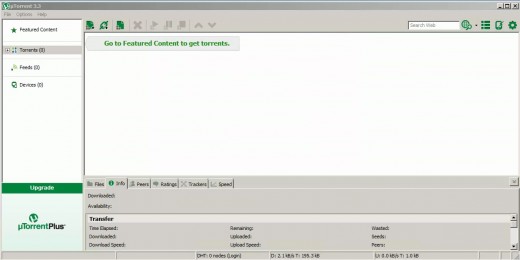
Installing the Torrent Client
1. When the install wizard opens, click "Next"
2. Click "Next" to continue pass the warning.
3. Accept the term of the agreement by clicking "I Agree".
4. If you want to change the install location of the entries and icons, do so; then, click "Next".
5. Click "Next" to allow the default operations.
6. Uncheck "Yes" to skip downloading the featured content.
7. Select Full Installation, then click "Next".
8. Click "Decline" to avoid downloading uTorrents recommended software; the, click "Finish".
9. Click "Yes" to bypass the user account control settings.
10. Wait for the program to open.
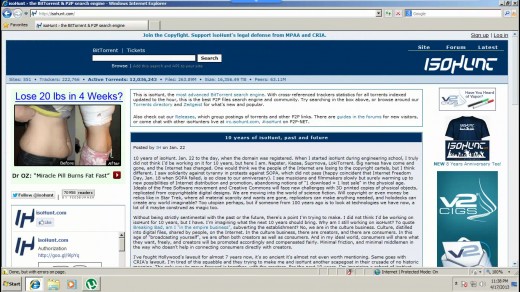
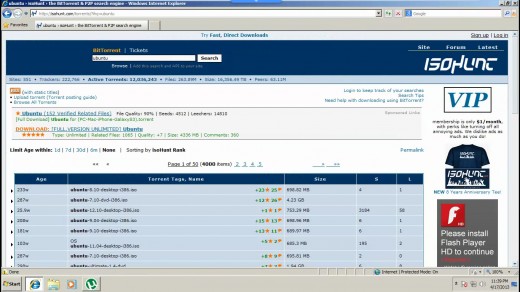
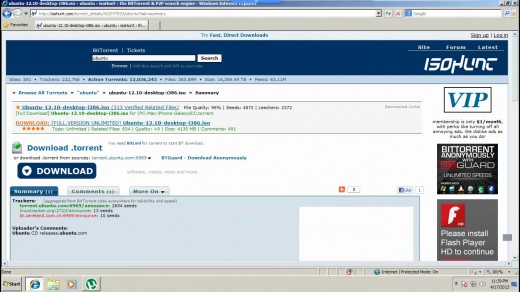
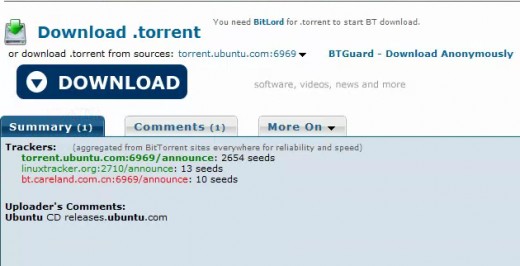
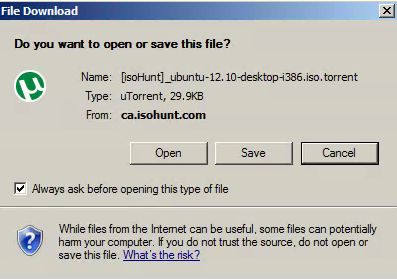
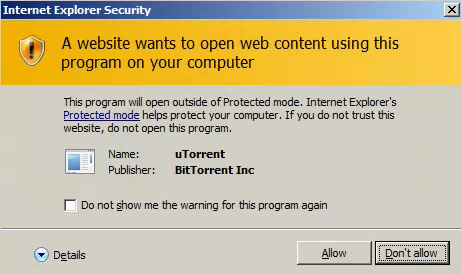
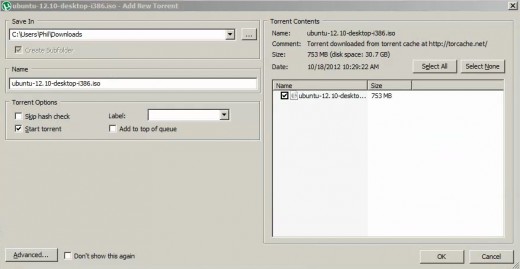
Download the Torrent File
1. Go to isohunt.
2. Type what you want to download in the search bar, and click "Search".
3. First, look under the column "S" (Seeders) and find the torrent of what you want with the highest number.Then, verify that it has good ratings by looking at the star by its name. If it does not look for the next best torrent.
4. Click on the name of the torrent.
5. Click "Download .torrent". Be careful there will be fake download links and ads. Make sure you click the correct link.
6. Click "Save" if you want the file for later use, or "Open" if you want to store the file in your temporary storage.
7. Click "Allow" on the Internet Explorer Security Warning.
8. When uTorrent's "Add New Torrent" window pops up, click "OK" after verifying the desired name and location.
Download the Torrent Data
uTorrent will finish it from here. There is a health meter and a status bar to keep your eye on. There is more information at the bottom of the screen. When the torrent is at 100%, you will become a seeder. To use the torrent data, go to the directory you specified in Step 8 of the previous section. If you did not change it, it should be your downloads folder.
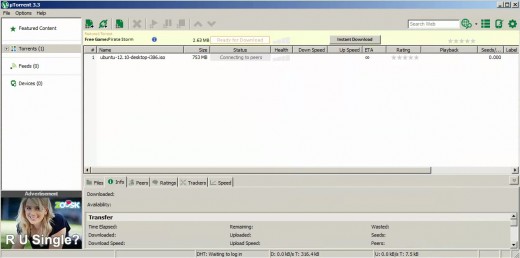
Top Torrent Clients
- Vuze Bittorrent Client - The Most Powerful Bittorrent Software on Earth
Vuze is the easiest to use and the best torrent download software on the internet. - µTorrent - a (very) tiny BitTorrent client
µTorrent is a lightweight and efficient BitTorrent client for Windows or Mac with many features. - Tixati
A new, fast, and slick BitTorrent Client.
More Information About Torrents
- Are Torrents Legal?
Torrents are not illegal in and of themselves, but people often share illegal material through them. Legal torrents are those... - 22 Places For Legal (and Free) Torrents
Although bittorrent has a reputation for illegally distributing copyrighted content, there is a large amount of content in bittorrent that is legally distributable. Here's where to find it. - A beginner's guide to BitTorrent
A great article explaining what Torrents are and how they work. - Torrents 101: How Torrent Downloading Works
Torrent sharing is the contemporary way to download music and movie files from the Internet. More popular than Kazaa and eDonkey, bittorrent sharing is actually quite easy to learn. Here is a 10-minute tutorial on using bittorrents.


